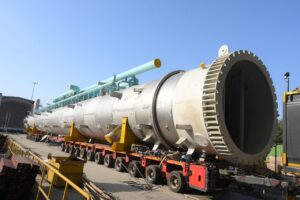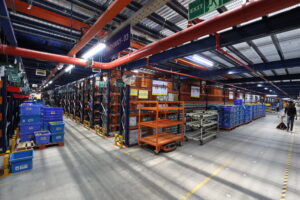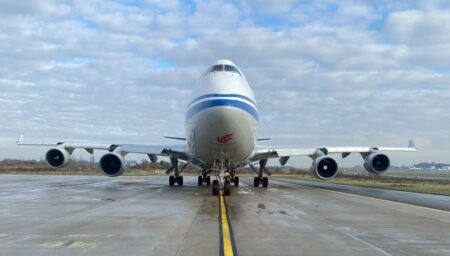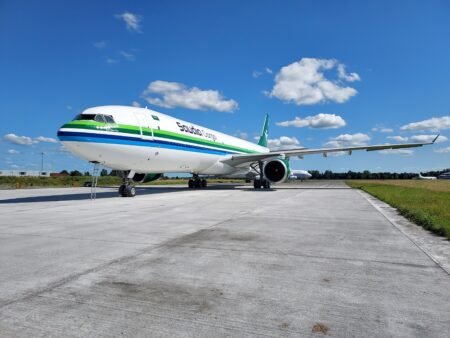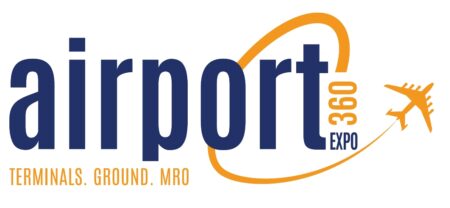Global air cargo rates dip only slightly despite transpacific capacity cuts and tariff shifts.
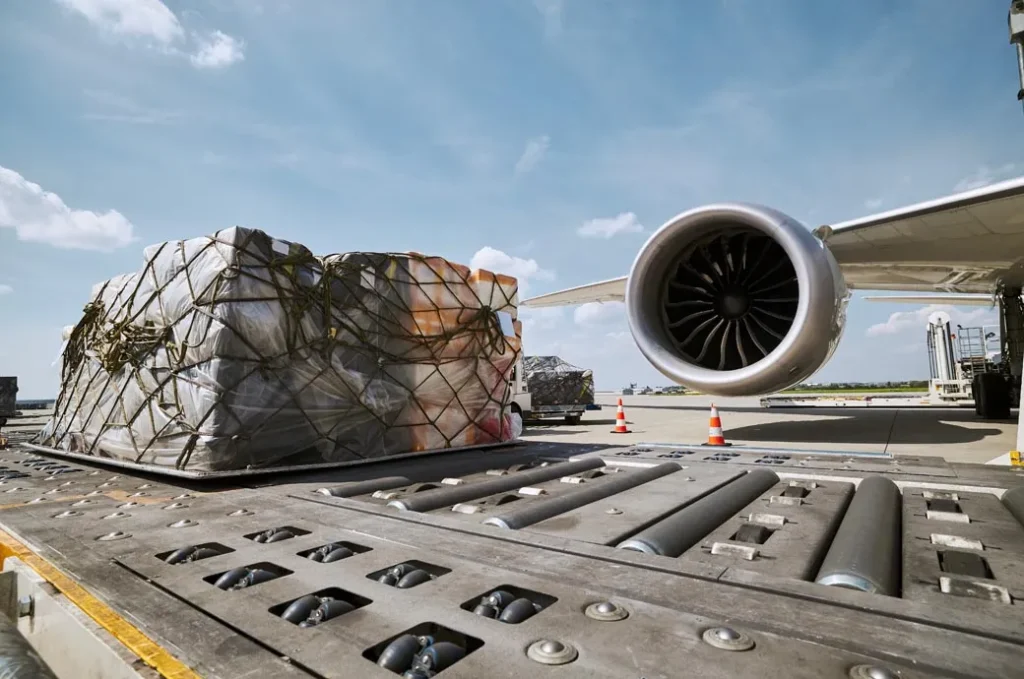
Amid major shifts in transpacific airfreight capacity and ongoing geopolitical turbulence, global air cargo rates have shown surprising resilience. According to the latest data from TAC Index, average rates dipped by just 0.6% last week, down 5.3% compared to the same period last year, marking what analysts called a “relatively modest” decline given recent market disruptions.
Over the past few months, significant freighter capacity has been diverted from the transpacific trade lane, only partially returning following a 90-day tariff reprieve between the US and China. Despite this realignment, rates from China to the US actually ticked up last week.
TAC commented, “The decline seems modest considering the scale of capacity shifts, which has made some stakeholders more cautious about the global outlook.”
Meanwhile, forwarder Dimerco noted that there’s been no sign of a rebound in e-commerce exports from China following the US removal of the de minimis exemption, now subjecting such packages to a steep 30% tariff. E-commerce had previously driven a surge in freighter additions to the transpacific corridor.
“Scheduled freighter flights are still being cancelled,” Dimerco stated. “However, demand from Southeast Asia, especially Thailand and Vietnam, is now picking up as shippers rush to beat the looming July tariff deadline.”
Data from Rotate confirms that transpacific capacity has largely stabilised over the past three weeks, holding between 66,000 to 67,000 tonnes per week. This is still well below the peak of 75,000 tonnes in mid-March and reflects a steep drop from early May’s low of 51,000 tonnes when tariffs soared to 125%.
Adding another layer of complexity, ongoing conflict in the Middle East has forced airlines to divert flights around restricted airspace. Tim van Leeuwen, VP at Rotate, noted that flight times have increased by up to 30–80 minutes on major routes, leading to higher fuel burn and, for long-haul carriers, potential cargo payload reductions.
While some airlines like Qatar Airways are beginning to resume flights over Iraq, Syria, Lebanon, and Jordan, the broader airspace disruption is adding operational strain.
In contrast to the turbulence on transpacific and Middle Eastern lanes, intra-Asia traffic remains steady. Dimerco reported strong flows between China and key regional partners like Taiwan, Vietnam, Thailand, Malaysia, and Singapore, where tight capacity is driving higher rates year-over-year.
Despite the global volatility, from shifting tariffs and trade lanes to geopolitical tensions, air cargo rates are holding up, at least for now.
Source: ACN

